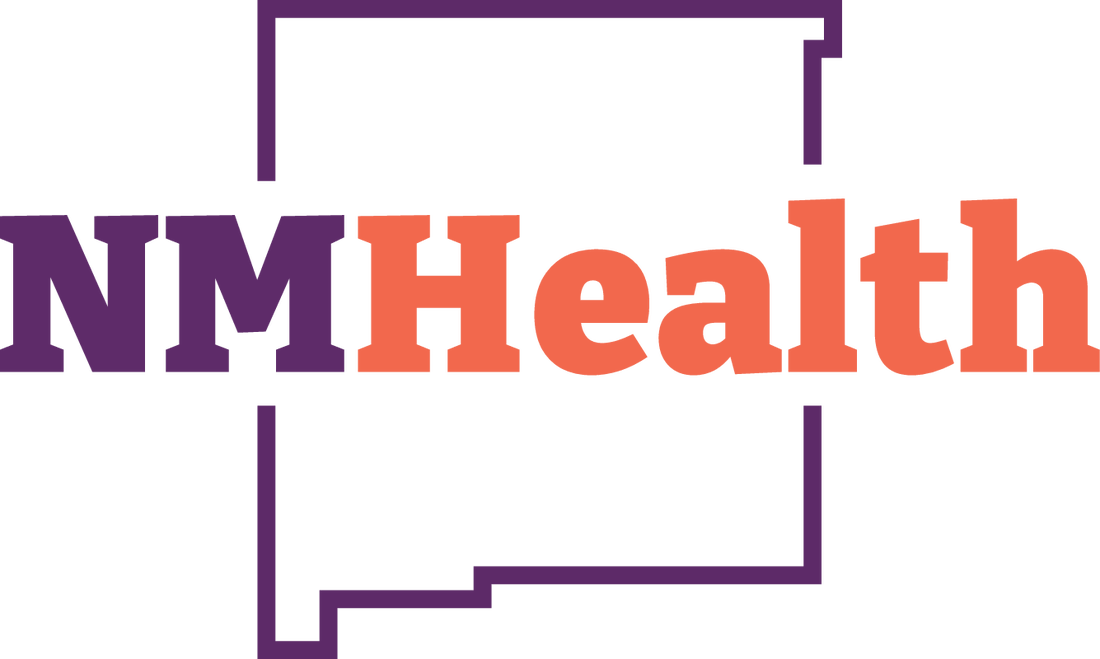COVID-19, RSV, and Influenza
Respiratory syncytial virus or RSV
Respiratory syncytial virus or RSV is a common respiratory virus that causes mild, cold-like symptoms. No antiviral medications for RSV are available. The best prevention is to vaccinate those that are at a higher risk for severe infection such as infants and older adults. They are more likely to develop severe RSV and need hospitalization. A vaccine is available for adults 60 years and older. People who are pregnant can also get a vaccine if they are between 32-36 weeks into their pregnancy. This helps protect infants after they are born
Symptoms:
- Runny nose
- Decrease in appetite
- Coughing
- Sneezing
- Fever
- Wheezing
RSV vaccine is recommended for the following groups:
- Adults 60 and older
- Pregnant women
- Infants and some young children
COVID-19 and Flu
Flu viruses can cause mild to severe illnesses.
Yearly flu vaccines are recommended for every person six months and older. Vaccination is the best way to reduce your risk from seasonal flu and its complications. The length of flu seasons can vary but generally start in October with the potential of lasting as late as May.
There is antiviral treatment for both COVID-19 and Flu.
Multiple COVID-19 vaccines are authorized to help prevent COVID-19.
While both COVID-19 and flu are similar viruses, the COVID-19 virus is more contagious. COVID-19 can spread quickly and to a lot of people. Overall, COVID-19 seems to cause more severe illness in some people. Severe COVID-19 can result in hospitalization, death, and can cause post-COVID condition or multisystem inflammatory syndrome (MIS). These outcomes can occur even in heathy people.
COVID-19 and Flu Common symptoms:
- Fever or feeling feverish/having chills
- Cough
- Shortness of breath
- Fatigue
- Sore throat
- Runny or stuff nose
- Muscle pain or body aches
- Headache
- Vomiting
- Diarrhea
- Change in or loss of taste or smell, this is more frequent with COVID-19
Differences in appearance of symptoms
Flu
Symptoms appear anywhere from 1-4 days after infection
COVID-19
Symptoms appear from 2-5 days and up to 14 days after infection

Who is at risk for both COVID-19 and flu Illness?
Those at increased risk:
- Older adults
- People with underlying medical conditions (including infants and children)
- People who are pregnant
How long can you spread virus?
Flu
People with flu are contagious for about one day before onset of symptoms. The virus spreads by people who are asymptomatic as well. Older children and adults are most contagious during the first 3 days but can remain contagious longer. Younger children and people with weaker immune systems may be contagious longer.
COVID-19
People are contagious 2-3 days before onset of symptoms but the most contagious can occur just one day before their symptoms begin. Asymptomatics (people affected by a condition but producing or showing no symptoms of it) can spread viruses. People are contagious for about 10 days after their symptom onset.
Complications for both COVID-19 and flu
- Pneumonia
- Respiratory Failure
- Acute respiratory distress syndrome (Fluid in lungs)
- Sepsis (a life threatening condition)
- Cardiac complications (such as heart attack, and stroke)
- Multiple-organ failure (respiratory failure kidney failure, shock)
- Worsening of chronic medical conditions
- Inflammation of the heart and brain
- Secondary infections (such as pneumonia)
Secondary bacterial infections are more common with Influenzas than COVID-19. COVID-19 can cause blood clots in the veins, arteries of the lungs, heart, legs, or brain and Multisystem Inflammatory Syndrome in children and adults. Post-COVID conditions are a series of symptoms that can last weeks or months after infection.
For more information about Flu, RSV and COVID-10 in New Mexico:
NMHealth COVID-19 Information and UpdatesNMHealth Viral Respiratory Infection Dashboard
Influenza (flu) Information and Surveillance Program
Respiratory Syncytial Virus Infection (RSV)
Office of Border Health
Resources
Binational Border Infectious Disease Surveillance Program
Binational Border Infectious Disease Surveillance Program
This program funds sites at the local level, which then carry out enhanced surveillance projects with laboratory testing in the border region. This approach allows partners to tailor surveillance to local disease priorities, focus on special populations such as binational or mobile populations, detect potential outbreaks through early case confirmation, provide public health interventions, and work with partners across the border to develop and strengthen data sharing and communication systems. |
Respiratory Syncytial Virus Infection (RSV)
Respiratory Syncytial Virus Infection (RSV)
Info about RSV |
U.S. Census Bureau, County Population Totals and Components of Change: 2020-2022
U.S. Census Bureau, County Population Totals and Components of Change: 2020-2022
U.S. Census Bureau, County Population Totals and Components of Change: 2020-2022 |
United States-México Border Health Commission
United States-México Border Health Commission
Created as a binational health commission in July 2000 with the signing of an agreement by the Secretary of Health and Human Services of the United States and the Secretary of Health of México. On December 21, 2004, the Commission was designated as a Public International Organization by Executive Order of the President. The mission of the United States-México Border Health Commission is to provide international leadership to optimize health and quality of life along the U.S.-México border. |

